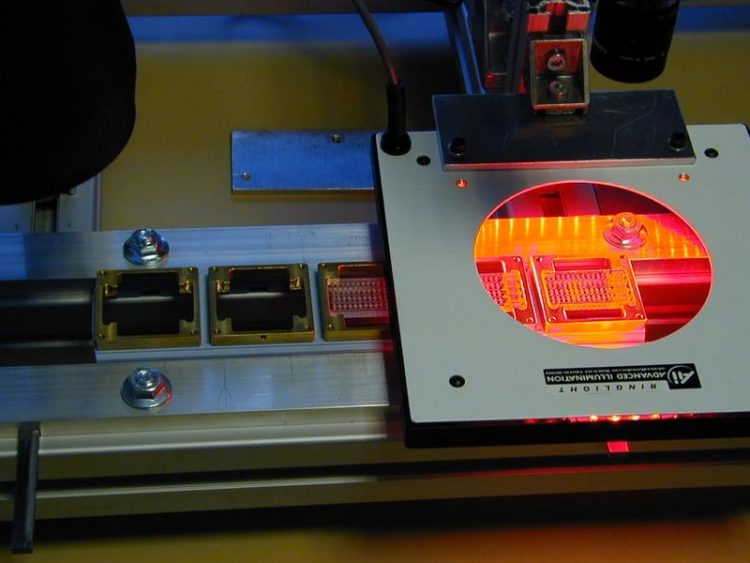International expert meeting point: ΣYSTEMS INTEGRATION takes place in the Netherlands

Vision check biochips WWINN
On June 17, 2014 the established symposium will focus on “Automation in the production and application of microfluidic devices in chemistry and biotechnology”.
The international symposium will take place in cooperation with WWINN Group in Almelo (NL). The presentations will be held in English.
The ΣYSTEMS INTEGRATION deals with microfluidic products and their manufacturing: Especially in this field there is a wide range of applications, such as medical technology, micro-process engineering, biotechnology, metering systems, inkjet printers or 3D printers.
However the developed and tested prototypes have to be produced cost-effectively in order to be accepted in the market. Therefore it is essential to take into consideration the best compatible production and automation technology even while developing high-tech products.
The event addresses developers, manufacturers and users of microfluidic products and systems that are used in chemistry, biotechnology and other industries.
Please find further information at http://ivam.de/Systems14 or contact Ms. Orkide Karasu (ok@ivam.de).
Media Contact
All latest news from the category: Event News
Newest articles

Silicon Carbide Innovation Alliance to drive industrial-scale semiconductor work
Known for its ability to withstand extreme environments and high voltages, silicon carbide (SiC) is a semiconducting material made up of silicon and carbon atoms arranged into crystals that is…

New SPECT/CT technique shows impressive biomarker identification
…offers increased access for prostate cancer patients. A novel SPECT/CT acquisition method can accurately detect radiopharmaceutical biodistribution in a convenient manner for prostate cancer patients, opening the door for more…

How 3D printers can give robots a soft touch
Soft skin coverings and touch sensors have emerged as a promising feature for robots that are both safer and more intuitive for human interaction, but they are expensive and difficult…





















